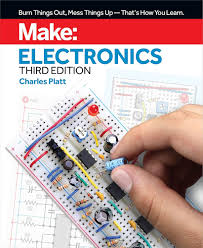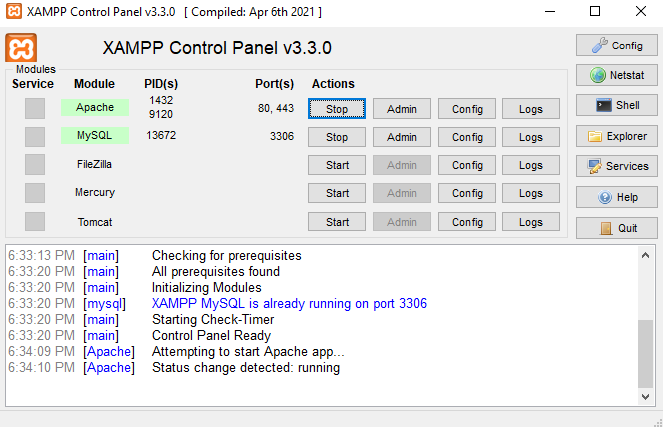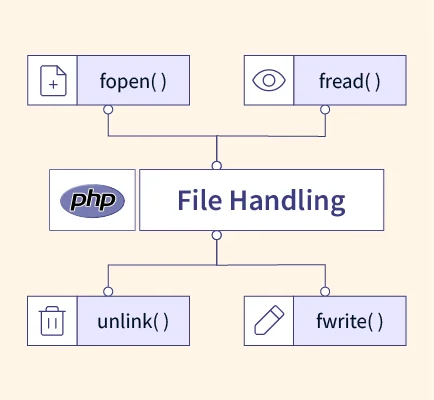
Make Electronics Learning by Discovery
Leave the components from Experiment 16 where they are on the bread- board, and add the next section below them, as shown in Figures 4-21 and 4-22. Resistor R2 is inserted between pins 6 and 7, instead of the jumper wire that shorted the pins together in the previous circuit, and there’s no external input to pin 2 anymore. Instead, pin 2 is connected via a jumper wire to pin 6. The easiest way to do this is by running the wire across the top of the chip.
I have omitted the smoothing capacitor from the schematic in Figure 4-22, because I’m assuming that you’re running this circuit on the same breadboard as the first, where the previous smoothing capacitor is still active.
Notice that you don’t have to trigger the chip with a pushbutton anymore. The reason is that when C1 charges and discharges, its fluctuating voltage is connected via a jumper wire across the top of the chip to pin 2, the trigger. In this way, the 555 timer now triggers itself. I’ll describe this in more detail in the next section “Theory: Inside the 555 timer: astable mode,” if you want to see exactly what is going on.






